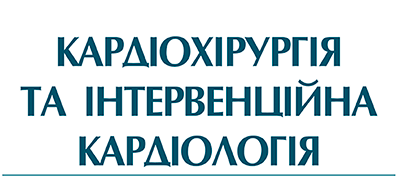Case report
DOI: http://doi.org/10.31928/2305-3127-2020.4.3742
Clinical case of a leadless single-chamber pacing system usage when lead pacemaker implantation is impossible
O.M. Grytsay 1, Ya.V. Skybchyk 1, 2, O.J. Zharinov 2 , E.V. Zhytynskyi 1, V.O. Kuts 2, I.A. Shkurat 2
1 Heart Institute, Healthcare Ministry of Ukraine, Kyiv, Ukraine
2 Shupyk National Healthcare University of Ukraine, Kyiv, Ukraine
The article describes a clinical case of the treatment of a patient with high-grade atrioventricular blockade by means of leadless single-chamber pacemaker. The patient had a rare non-thrombotic lesions of the subclavian vein in the form of bilateral occlusion. The main advantages, elements of medical and technical characteristics of leadless pacing system, and also results of randomized clinical trials which allowed to use this pacing system in clinical practice are considered. The emphasis is made on the peculiarities of diagnosis of pre- and postoperative management of patients after implantation of a leadless pacemaker, taking into account earlier stenting of the coronary arteries and the need to receive double antiplatelet therapy. It is concluded that the technology of leadless pacing is free of defects of traditional pacemakers. It can be used successfully and safely for the treatment of symptomatic bradyarrhythmias, especially in patients with bradysystolic atrial fibrillation, and in some cases – in transient disorders of atrioventricular conduction with preserved sinus rhythm and the presence of technological barriers to the implantation of traditional two-chamber pacemaker.
Key words: leadless pacemaker, bilateral subclavian vein occlusion, high-grade atrioventricular block.
| [PDF] | [Referebnes] |








